Want to glide through the water with less effort, use less air, and finish your dives feeling more relaxed and in control? It all starts with mastering your buoyancy—and that means getting your scuba dive weights just right.
Fine-tuning your weighting is one of the most important things you can do to improve your dives. Too much weight? You’ll constantly be adjusting your BCD and wasting air. Too little? You’ll struggle to descend and maintain control.
Let’s break down how to get it right.
Why Proper Weighting Matters
Neutral buoyancy is when you neither sink nor float—you hover effortlessly in the water. To get there, your total weight (including gear and body) needs to match the water you displace. The closer you are to perfect weighting:
-
The less air you need in your BCD
-
The less drag you create
-
⏳ The longer your air lasts
-
⚙️ The fewer adjustments you need to make during the dive
Unfortunately, many divers just add enough lead to sink and call it good. But that’s like driving a car with the parking brake half on—it works, but it’s far from efficient.
The Math Behind Extra Weight
Here’s the problem with carrying too much lead:
Every extra pound of weight requires an extra unit of buoyancy to offset it—usually in the form of air in your BCD. That air expands and contracts with depth changes, meaning you’re constantly adjusting to stay neutral.
Example:
If you’re carrying 5 extra pounds of lead, you’re also carrying a 5x bigger air bubble in your BCD. That means 5x more inflating and deflating as you ascend and descend. It’s no wonder many divers feel like they’re constantly fiddling with buoyancy.
How to Check Your Buoyancy the Right Way
There are a few scuba weight calculators online, but nothing beats real-world testing. Here’s the tried-and-true method:
-
Get in full dive gear – exactly what you’ll be wearing on your dive.
-
With an empty BCD and a normal breath, float at eye level.
-
You should slowly sink when you exhale.
-
If using a full tank, add 2-3kg / 5-6 lbs to account for buoyancy change as you breathe it down.
Make sure to do this in salt water if you’re diving in salt, or fresh water for freshwater dives.
Tips to Get Your Scuba Weights Right
1. You’ve Got to Get Wet
No calculator can perfectly predict your weight needs. The only way to fine-tune is by getting in the water and testing.
2. Mind Your Tank Type
Aluminum vs. steel tanks have different buoyancy characteristics. Switching tanks? Re-check your weights. Steel often requires less lead, but not always.
3. Air Is Still Weight
Don’t forget—air has weight. As you breathe it down, your tank becomes more buoyant, no matter what kind it is.
4. Build Muscle, Drop Lead
Muscle is denser than fat. Stronger divers often need less weight than expected.
5. Small Changes Add Up
Changed your wetsuit? New dive knife? Upgraded your fins or computer? Any gear change can affect buoyancy—retest your weights.
6. Use Your Safety Stop as a Test
At 5m/15ft, with ~50 bar/500 psi and a fully deflated BCD, you should be almost neutrally buoyant. Adjust post-dive if needed.
7. Log It
After each dive, write it down: water type, suit thickness, tank, gear, body weight, lead used. Over time, you’ll have your own personal weight calculator.
8. Master Breath Control
Once weighted properly, you can use your lungs to control minor buoyancy shifts. Breathe in to rise slightly, out to sink. No need to hit your inflator every few minutes.
9. Be Patient
Buoyancy changes are subtle. The water doesn’t respond instantly like air does. Practice slowly and give it a second after each adjustment.
Dive Weight Starting Guide
Here’s a rough guide based on exposure suit type. Adjust based on body size, gear, and conditions:
| Exposure Suit Type | Starting Weight Guide |
|---|---|
| Swimsuit / Dive Skin | 0.5–2 kg (1–4 lbs) |
| 3mm Wetsuit | ~5% of body weight |
| 5mm Wetsuit | ~10% of body weight |
| 7mm + Hood & Gloves | ~10% + 1.5–3 kg (3–5 lbs) |
| Neoprene Drysuit | ~10% + 3–5 kg (7–10 lbs) |
| Shell Drysuit + Light Undergarment | ~10% + 1.5–3 kg (3–5 lbs) |
| Shell Drysuit + Heavy Undergarment | ~10% + 3–7 kg (7–14 lbs) |
Remember, these are starting points only. Always check in the water.
Advanced Dive Weight Calculator
The Real Dive Weight Calculator? Your Brain (and Logbook)
Apps and online tools are fine for estimates, but real-world conditions always win. The best weight calculator is your experience, notes, and regular buoyancy checks.
Simple Dive Weight Calculator
Want to Perfect Your Buoyancy?
Take your skills to the next level with the PADI Peak Performance Buoyancy course. You’ll learn:
-
How to trim your gear and weights
-
Streamlining techniques
-
Air-efficient buoyancy control
-
Hands-on feedback from a pro
Ask your local PADI Dive Center about enrolling today.
Final Thought:
Proper weighting is more than a setup step—it’s a skill you master over time. The better you dial it in, the more control, comfort, and confidence you'll have underwater.

